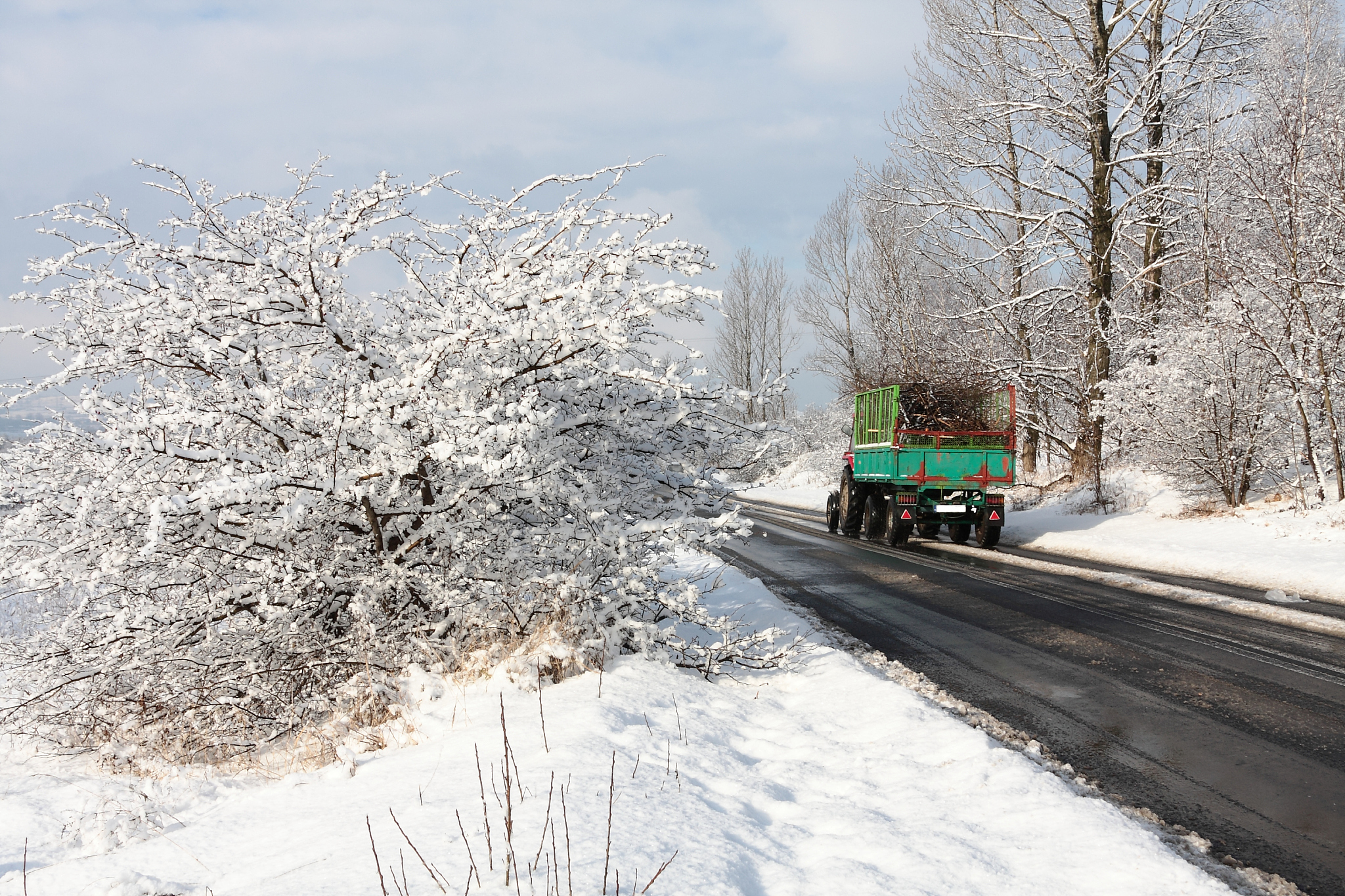翻译:1建立拖车转向架和简化车体模型基于非定常雷诺平均算法与离散相模型耦合的方法对列车底部的风雪流进行求解采用自定义函数判定雪粒和转向架表面碰撞后是否能够稳定沉积分析了雪粒旋转对雪粒运动轨迹和沉积特性的影响。结果表明转向架区域速度梯度的变化和压力分布不均导致雪粒旋转产生的马格努斯力导致雪粒运动轨迹和沉积位置发生变化。且随着列车运行速度和雪粒直径的增加雪粒旋转得到的积雪分布差异越加明显其中雪粒直径对
(1) A method coupling the unsteady Reynolds-averaged algorithm and the discrete phase model was used to solve the wind-snow flow under the train bottom, based on the establishment of a trailer steering system and simplifying the vehicle model. A custom function was used to determine whether snow particles could settle stably after colliding with the surface of the trailer steering system. The effects of snow particle rotation on the snow particle trajectory and settling characteristics were analyzed. The results showed that the change in speed gradient and pressure distribution in the steering system area caused snow particle rotation, which led to changes in snow particle trajectory and settling position due to the Magnus force generated. As the train speed and snow particle diameter increased, the difference in snow accumulation caused by snow particle rotation became more pronounced, and the diameter of snow particles had a greater impact on the change of snow characteristics.
(2) Based on the shape modification theory, different shape snow particle motion equations, such as tree branches, hexahedrons, and tetrahedrons, were custom-designed to analyze the snow particle motion and settling characteristics of trains in clear, different snowfall, and crosswind environments. The results showed that when considering the irregular shape of snow particles, they experienced greater resistance in the flow field and were not easily discharged from the steering system area with the airflow, resulting in an increase in the number of snow particles remaining in the steering system area and an increase in snow accumulation. When the amount of snow particles entering was scaled up to ten times, the amount of snow accumulation in each part of the steering system was also scaled up ten times. Therefore, in the case of limited computing resources, the amount of snow particle entry can be reasonably selected for regular research. In crosswind environments, the direct impact of the airflow on the surface of the steering system caused an increase in the overall flow velocity and wall shear velocity in the steering system area, reducing the probability of stable snow particle settling. Therefore, snow accumulation mainly occurred on the leeward side of the steering system, and there were almost no snow particles stably settling on the windward side.
(3) By reasonably assuming the amount of snow particle melting in the steering system area, the effects of liquid water content, snow particle content, droplet diameter, train speed, and calculation time step on icing were analyzed. The results showed that an increase in liquid water content increased the capture ability of the wall on snow particles, resulting in an increase in ice accumulation. The smaller the droplet diameter, the easier it was to enter the steering system area, forming a large area of liquid film on the steering system surface to increase the ice growth rate. The increase in train speed increased the normal velocity of droplet and snow particle impact on the wall, increasing the collection efficiency and ice growth rate. The single-step icing method cannot update the flow field in real-time, ignoring the changes in droplet and snow particle collection efficiency, resulting in significant differences in icing amount, ice shape, and aerodynamic force from the multi-step icing method.
(4) Although the layout of the deflector plate can slow down the rate of ice and snow accumulation in the steering system area, it increases the driving resistance of the train. Therefore, a model of the lead car and the 1/2 intermediate car was established, and the top of the steering system was designed as an air outlet to suppress snow particle uplift, thereby reducing the number of snow particles entering the steering system area and achieving the effect of preventing ice and snow accumulation. At the same time, the rotation of the wheelset and the resistance of each component cause most of the airflow to directly impact the front wall of the steering system, forming a large positive pressure zone, which, to a certain extent, reduces the driving resistance of the entire vehicle as the direction of action is opposite to the direction of the train's driving resistance. Taking into account the energy consumption brought by blowing air, the results showed that increasing the blowing speed of the steering system at the end of the lead car could not only achieve a good reduction in resistance but also discharge the snow particles at the bottom of the train to both sides of the track, reducing the number of snow particles entering the subsequent steering system area, and achieving a better effect of preventing ice and snow accumulation

原文地址: http://www.cveoy.top/t/topic/e2zL 著作权归作者所有。请勿转载和采集!